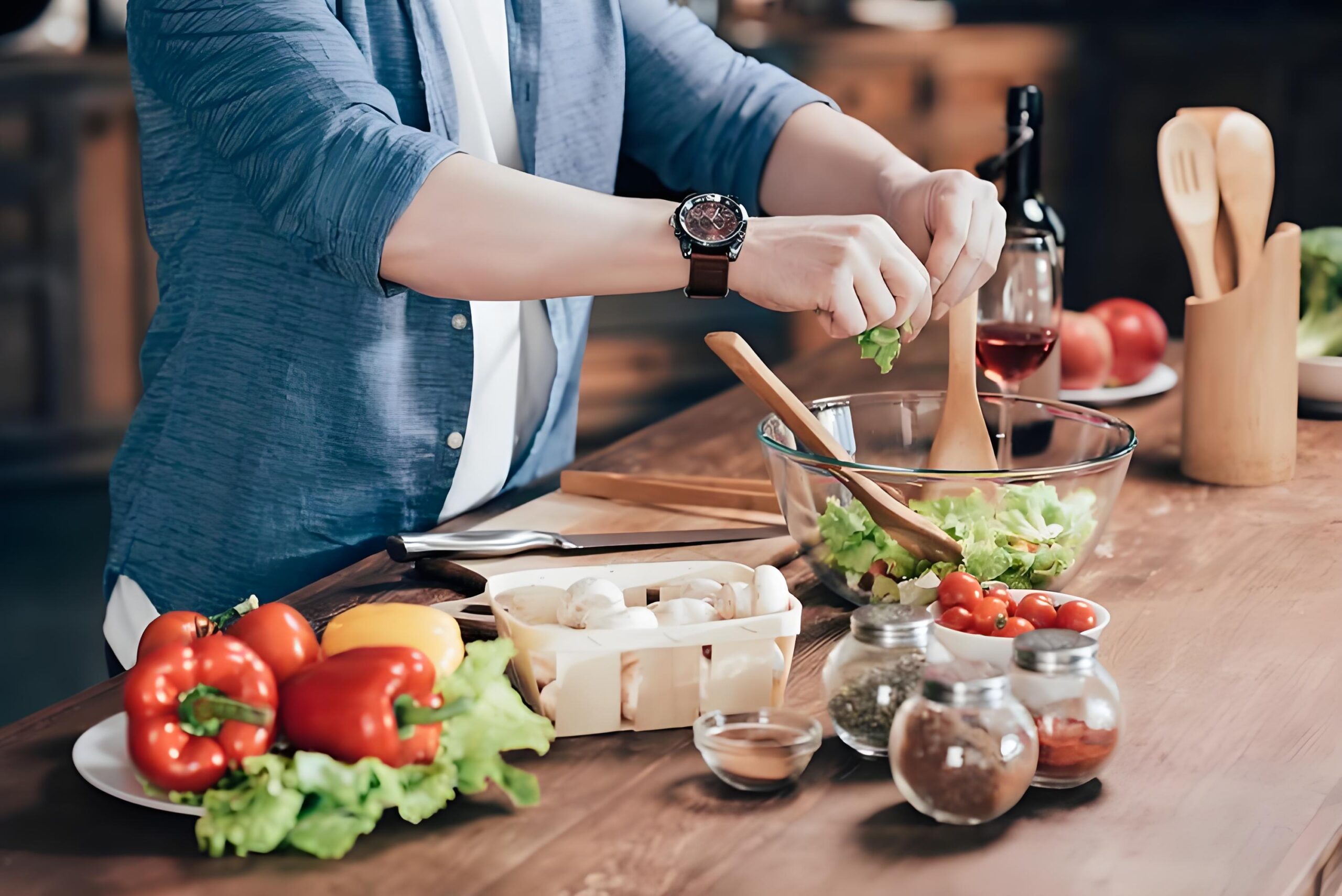Tips and Safety for Kitchen Knives
In the busy and creative world of the kitchen, the kitchen knife is not only the chef’s right-hand man, but also an indispensable tool for every cooking enthusiast. The correct use of kitchen knives not only enhances the efficiency of cooking, but also ensures that the ingredients are handled with care and the dishes are presented in a delicious manner. 그렇지만, kitchen knives are also a double-edged sword, improper use may bring potential safety hazards. Therefore, it is important that you have the skills and safety knowledge to use kitchen knives.
Tips for using kitchen knives
1. Choose the right kitchen knife
Firstly, choose the right kitchen knife according to your cooking needs. For example, a sharp chef’s knife can be used to cut meat, while a lightweight cleaver is suitable for handling vegetables. The right chef’s knife will help you get more out of your cooking with less effort.
2. Proper Grip
When holding a chef’s knife, make sure that your fingers are naturally curved, your palm is tightly gripped on the handle, and your thumb and forefinger are gently gripped on the sides of the knife to provide stable control. At the same time, avoid pressing your fingertips or palm against the blade to prevent accidental cuts.
3. Stable cutting platform
Before cutting ingredients, make sure the work platform or chopping board is stable and free from sliding. Use a damp cloth or non-slip mat to increase friction and prevent ingredients or knives from sliding and causing injury.

4. Uniform cutting strength
Maintain an even cutting force and avoid sudden force or rocking of the knife. Uniform force helps keep the blade sharp and reduces damage to ingredients.
5. Correct cutting angle
Adjust the cutting angle according to the hardness and shape of the ingredients. Generally speaking, when cutting vegetables, the knife blade should be at an angle of about 15-20 degrees with the cutting board to get a flat cutting surface. While when cutting meat, the angle can be increased appropriately to increase the cutting force.
Safety knowledge during the use of kitchen knives
1. Keep the knife blade sharp
Dull knives are more dangerous than sharp knives because they require more force to cut through ingredients, increasing the risk of hand slippage. Therefore, it is vital that you keep your knives sharp by sharpening them regularly.
2. Concentration
When using a kitchen knife, it is important to maintain a high level of concentration and avoid distractions or talking to others. Distractions can lead to inaccurate hand movements, which can cause accidents.
3. Use a knife holder or sheath
When kitchen knives are not in use, place them in a dedicated knife holder or sheath to prevent injury from accidental touching or dropping.
4. Avoid hand-held cutting
Whenever possible, use a chopping board or other stable platform to hold ingredients in place and avoid cutting with your hands. Hand-held cutting is not only difficult to control the strength and direction of the ingredients, but can also lead to cuts due to sliding of the ingredients.
5. Properly dispose of ingredient residues
Remnants from the cutting process should be cleaned up in a timely manner to prevent them from accumulating on the chopping board, which may affect the cutting effect and increase the risk of sliding.
6. Keep children away from the kitchen
Children should stay away from the kitchen as it is a potentially dangerous area, especially when adults are using sharp tools such as kitchen knives. Parents should strengthen safety education for children to prevent accidents.
In conclusion, kitchen knives are indispensable tools in the kitchen, and it is important for every cook to have the skills and safety knowledge to use them. By choosing the right kitchen knife, mastering the correct grip and cutting techniques, keeping the kitchen environment clean and safe, and strengthening child supervision, we can better enjoy the fun of cooking and protect ourselves and others.
 Yangjiang 안토니 나이프 Co., 주식 회사
Yangjiang 안토니 나이프 Co., 주식 회사